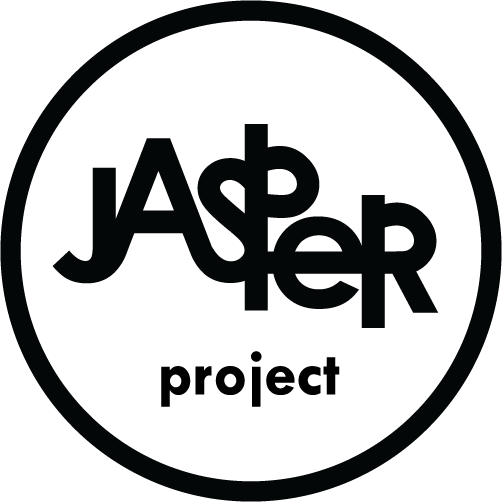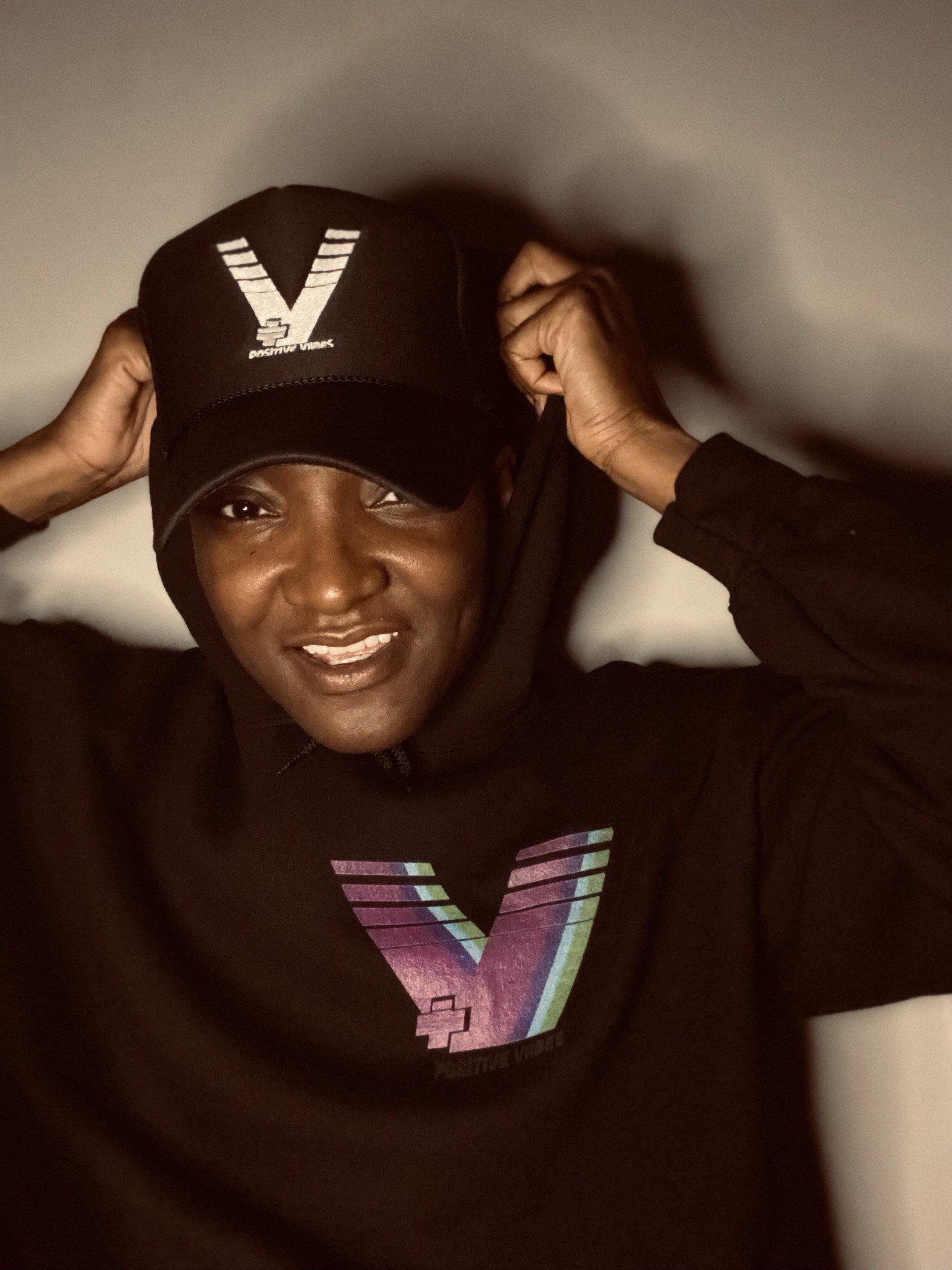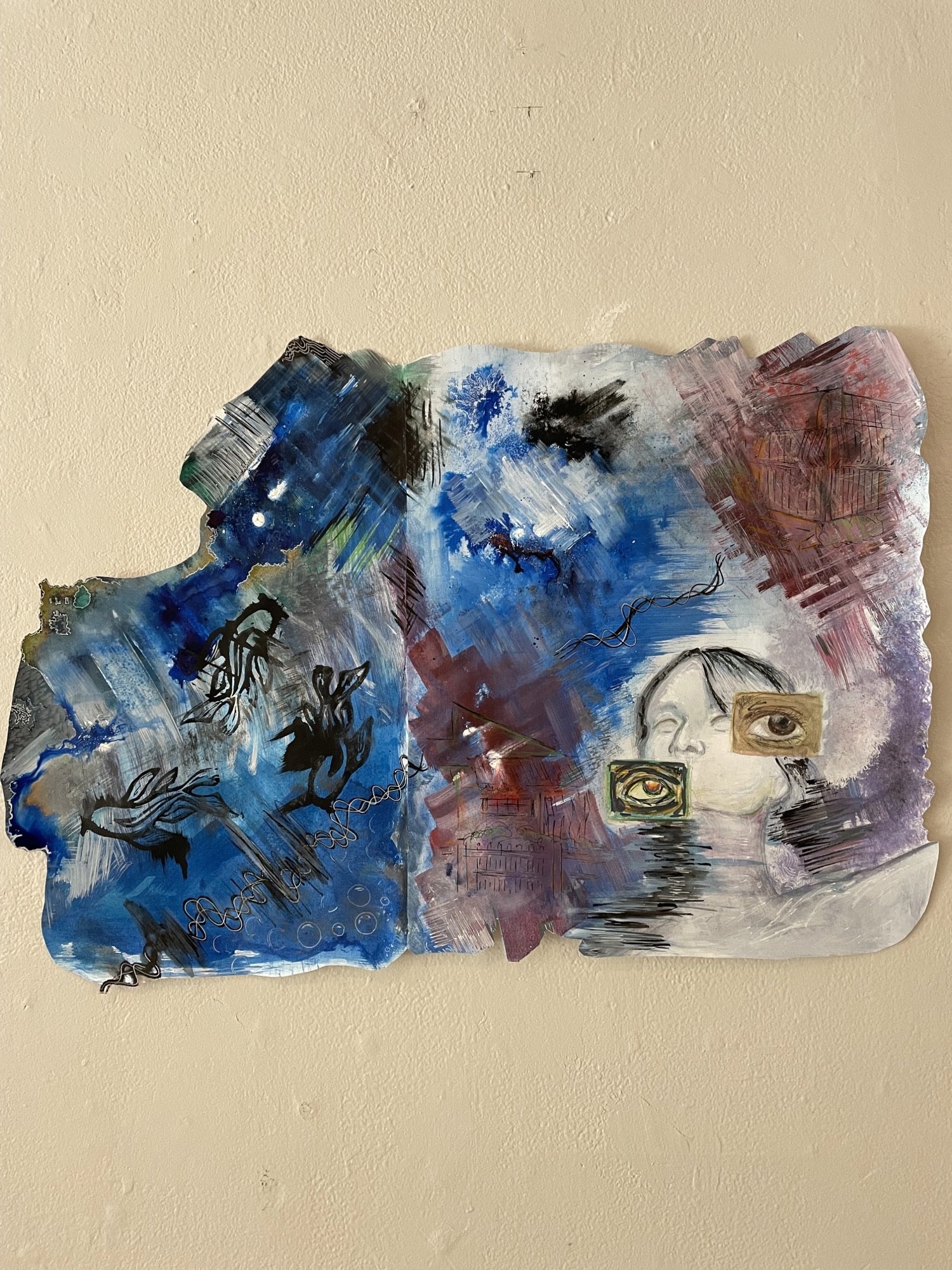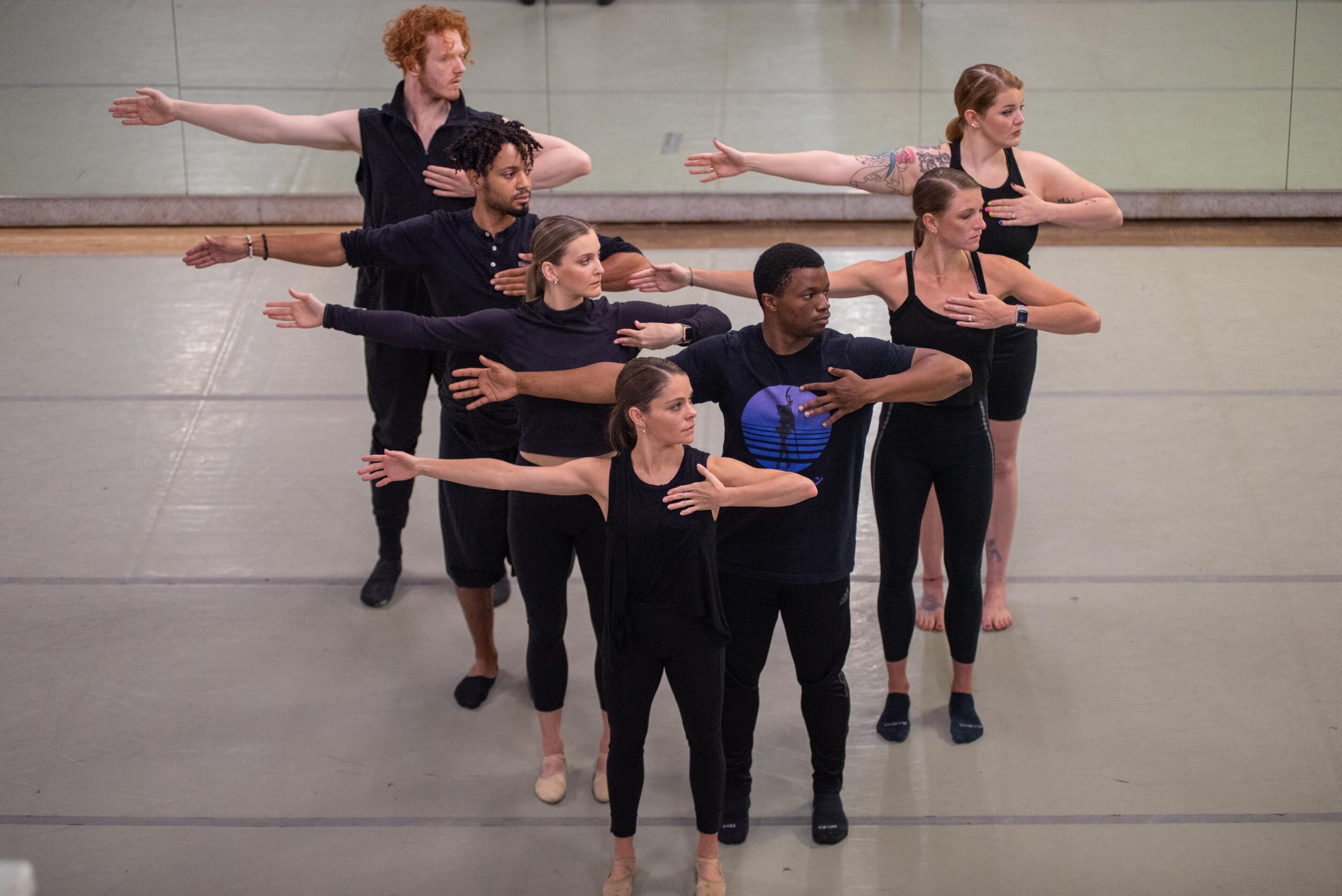Kasie Whitener puts an unapologetic spin on nostalgia.
Whitener writes for Gen X, the forgotten generation: a generation of latch key kids who grew up in the ‘90s and now, according to Whitener, find themselves sandwiched and silenced between Millennials and Baby Boomers.
Her latest novel, Before Pittsburgh, was written during quarantine, but climaxes at the crisis of another generation: 9/11. Though Whitener originally tried to build the book around 9/11, “it didn’t work,” Whitener says.
For Gen X, 9/11 came at a pivotal time in their 20s, potentially changing the trajectory of their lives. After one event, their world was suddenly vastly different than the day before. Taking years to just survive after that kind of crisis, Whitener says that looking back today makes Gen X wonder if this is the same future that they had hoped for on September 10. As the 20th anniversary of 9/11 nears, Before Pittsburgh revisits how 9/11 was the turning point for everything for Whitener’s generation.
However, a large part of Whitener’s dedication to writing about Gen X is the recognition that most experiences aren’t unique to her generation. Whitener notes that the pandemic may be having a similar effect on the current generation of 20-year-olds that 9/11 had on hers.
Writing Before Pittsburgh during quarantine combined intentional nostalgia with current emotions of disconnection and uncertainty. “There’s a lot of emotion in there that might not feel like 2000, 2001— it might feel a whole lot like 2020,” Whitener says.
This notion of coming back around, perhaps lived in real time in the creation of Before Pittsburgh, is crucial to Whitener’s work as a writer. Whitener has used memory as a literary device consistently throughout her writing, now using more natural and meandering transitions than the snap flashbacks that her earlier work featured.
Whitener believes that the way the story is told is just as important as important as what is happening in the plot. “Those memories, when they come at you, they come at you for a specific reason …I wanna dive in. I wanna be back in that moment,” Whitener says.
Before Pittsburgh follows Whitener’s debut novel, After December, filling a three-year gap that was skipped over in the first novel. After December was decades in the making, as Whitener had been working with these characters since she was 13 years old. The novel was written, rewritten, put on hold, and edited again. “Those characters have always been there,” Whitener says.
After the time-intensive creation of After December, however, Whitener wrote Before Pittsburgh in just 18 months. Brian, the protagonist of Before Pittsburgh, navigates feelings of alienation from his friends, things that felt very relevant to Whitener’s experiences during quarantine. Using those feelings as guidance, the story came together very quickly for her.
While After December covered a period of just five days, Before Pittsburgh had to explain the years preceding the conclusion of After December. Instead of using chapters as markers, After December was divided by each day. With far more time to cover in Before Pittsburgh, Whitener used locations to section out the novel. This geographically based mode of storytelling allows the reader to see Brian’s compartmentalization of identities and ultimate growth into a more authentic version of himself.
Though Whitener has finally completed her work with the characters she’s been writing about since adolescence, she doesn’t imagine she’ll ever stop writing. After earning both undergraduate and graduate degrees in English, Whitener got her PhD in Organization and Management from Capella University. As her more full-time gig, Whitener teaches at the Darla Moore School of Business.
Whitener holds many different identities: Entrepreneur, educator, author, and radio show host, to name a few. On the side, she even visits book clubs that read her work. To Whitener, they’re all connected. “It all comes out of the writing,” Whitener says. “Everything I do is somehow related to writing. Always has been.”
Her radio show on 100.7 The Point serves as a weekly writing workshop and focuses on promoting South Carolina Writers. Her work as an entrepreneur goes hand in hand with her work as an author. Whitener notes that, while her writing career may look different from others, it’s common for authors to have multiple sources of revenue.
Whitener founded Clemson Road Creative in 2012, a business that functions as a for profit consultancy. Jodie Cain Smith, managing partner, firmly believes in Whitener’s role as an educator and a businessperson in addition to her work as a writer. “So much of being an author is being an entrepreneur,” Smith says.
Ambition is a key word for Whitener. She wants more— not more money, fame, or, really, anything specific. “24 usable hours in the day, right? I just want all of them to be filled up with something meaningful.” Whitener says.
In addition to working with Whitener at Clemson Road Creative, Smith edited both After December and Before Pittsburgh, though she would never call herself Whitener’s editor. The two have been working together for years now; Whitener edits some of Smith’s work and the two share generational experiences.
“There are these generational truths in her writing that I struggle to find other places, so I really enjoy re-living my youth in her writing,” Smith says. She notes the detail with which Whitener remembers and writes the past, from fashion to music to even the cocktails characters drink. Though Smith was initially apprehensive about Whitener using 9/11 as a plot device in Before Pittsburgh, she changed her mind completely after reading the scene. Smith says Whitener captured the fear and grief of 9/11 and put it in real time. She had to read that section of the book several times, enjoying it as a reader, before she could edit it.
The story made Smith wonder what other stories should be created that address the shared terror of 9/11— something that, to her, Whitener proved could actually be done. Whitener carved out a space for generational representation, weaving in Gen X identity in a way that doesn’t feel exclusive. “There’s a quality of almost numbness in lot of Gen Xers and we took independence and we stretched it to detachment almost,” Smith says. Before Pittsburg, in Smith’s opinion, explains that phenomena while maintaining a wide appeal.
However, this brand of “Unapologetically X,” as Whitener describes herself, didn’t always come naturally. Whitener noticed other creators from her generation being hesitant to identify as Gen X. Because so much of her work revolved around writing, even before the publication of her first novel, Whitener found that targeting people her age helped her establish an audience. By the time she turned 40, she felt no need to put on any kind of show or premise that wasn’t truly her— including any false professional identity.
While Whitener doesn’t expect that this authentic professional identity will ever be limited to just being an author, there’s certainly more coming. “One of my writing partners says that I’m like a popcorn maker,” Whitener says. “[I’ve] got all these kernels in the oil— at some point one’s gonna pop. And then they’re all gonna pop.”
Who knows what might pop next?
By Stephanie Allen






















